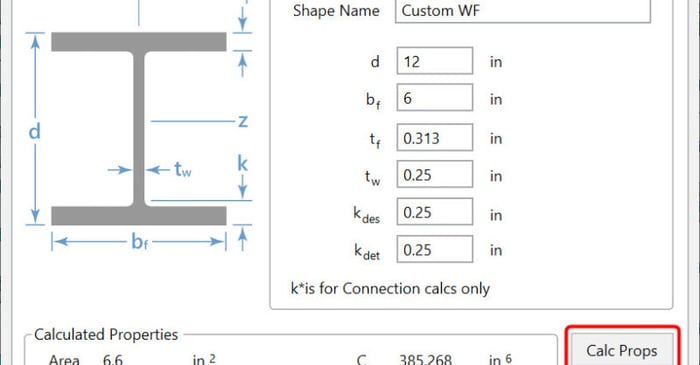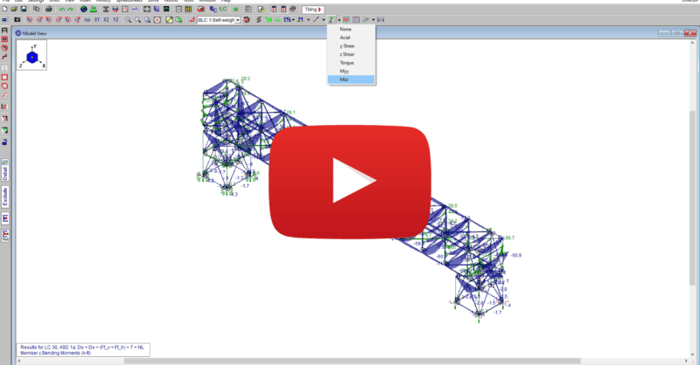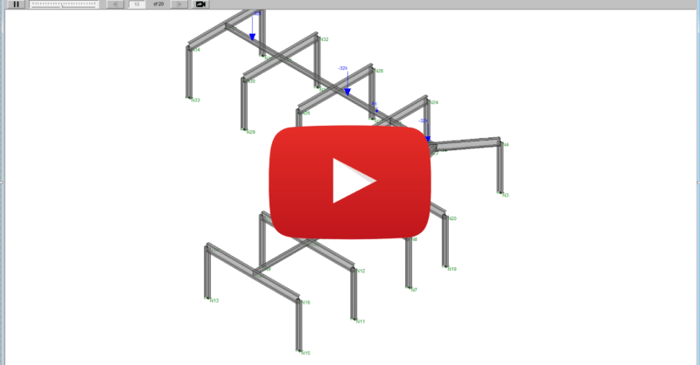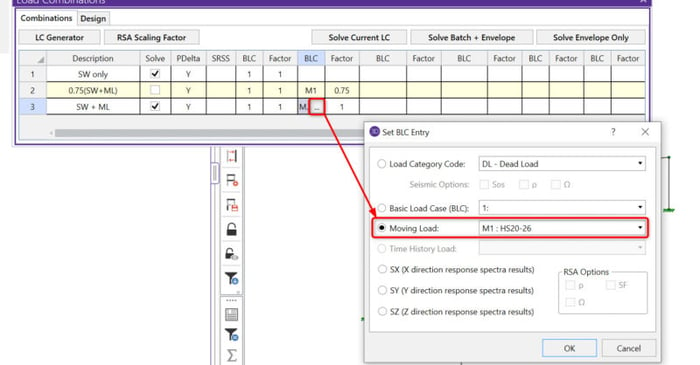
August 20, 2015
Residual Rigid Response (Dynamics)
When running a Response Spectrum analysis for seismic design, the response for high frequency modes can be included without solving for their individual mode shapes. This is often done to save analysis time and memory. This topic discusses some of the technical background and gives references for...











